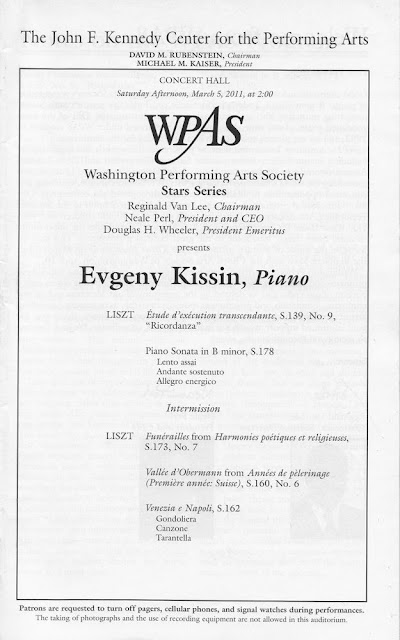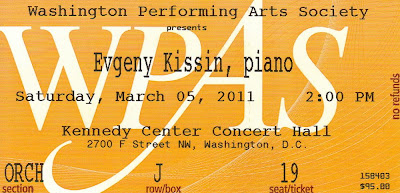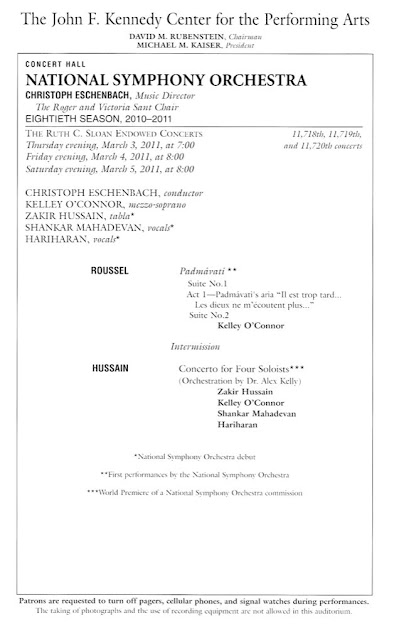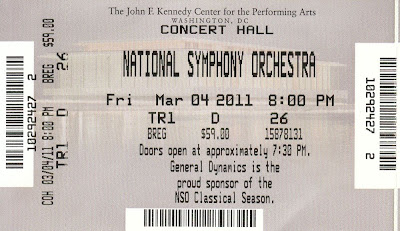
| 
|
It was a wide-ranging conversation on the role of politics in literature, followed by the Q&A period. I thought the discussion was being recorded and would be posted online, like many other free events at the Kennedy Center have been, and didn't take notes. Unfortunately, this one has not been posted.
What stuck in my memory was Rushdie's trashing of Slumdog millionaire, and also his statement, in response to someone from the audience saying she was from Mumbai, “I am not from Mumbai, I am from Bombay.” How true. I also often say, “I am not from St. Petersburg, I am from Leningrad.”














